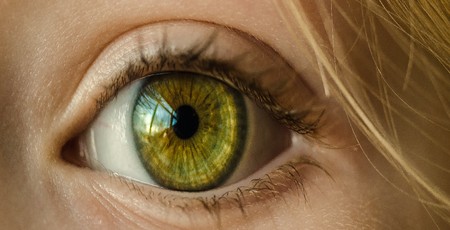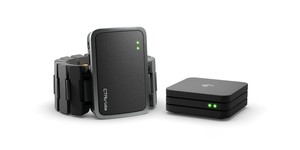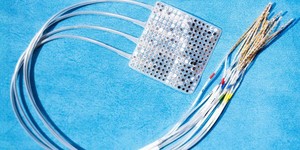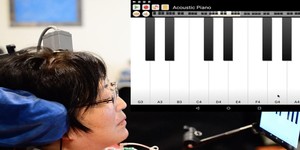Researchers scan brains to classify 'pleasurable' images
September 4, 2018 | 11:29
Companies: #oxford-academic

A team of researchers has developed a system which allows a computer to quickly and, they claim, accurately identify images which a user finds positive, negative, or neutral, based on eye-tracking and electroencephalographic (EEG) readings - a step closer to a brain-machine interface.
In human-computer interaction, it's key to know what your users like and dislike. Traditionally, this involves everything from focus groups to A-B testing - but researchers Mingqing Yang, Li Lin, and Slavko Milekic claim to have found an alternative, based on tracking what the user is looking at and measuring the electrical activity in their brain to determine whether they're pleased or not.
'To improve the quality of human–computer interaction, it is important for computers to be able to identify the images quickly that can trigger pleasant feelings and create a good user experience. To reach this goal, the affective classification of images is an important prerequisite,' the trio explain. 'Prior research into affective image classification used image features as categorical measurable signals. However, these techniques failed to provide a good correlation between the signal properties of image features and the expected affective experience of the viewer, leaving the research unable to bridge the affective gap.'
The solution: a system which tracks the user's eye movements while measuring their brain using an electroencephalography (EEG) reader. By taking screenings of eye movement indices and EEG indices correlated with whether the user found something positive, negative, or neutral, the team built a 'experience space' ripe for analysis.
'Physiological experience data from the experience space were extracted, analysed mathematically and normalised to obtain parametric physiological experience data,' the paper's abstract explains. 'Using a multiple linear regression technique, we connected the participants' affective states and physiological experience data. We developed a quantitative mapping between the affective experience states and the sample images to acquire the classification of affective images.'
The efficacy of the system was tested using abstract art: Participants were given 16 paintings, and the system categorised them into positive, negative, or neutral based on the physiological response data. The result: Accurate classification, the researchers claim, of which images would lead to a sensation of pleasure in the majority of participants.
The full paper is available in the journal Interacting with Computers, linked from the Oxford Academic website.

MSI MPG Velox 100R Chassis Review
October 14 2021 | 15:04








Want to comment? Please log in.